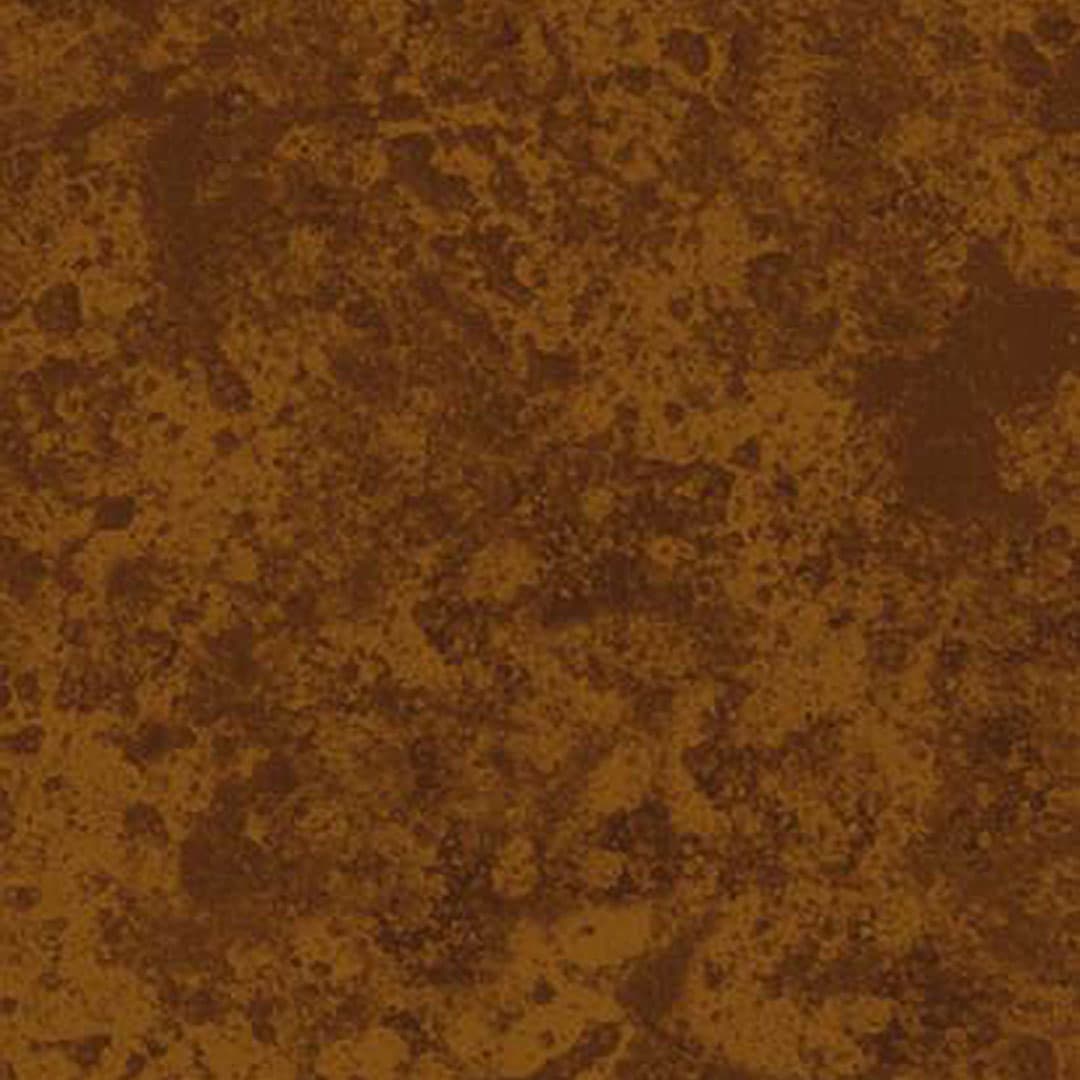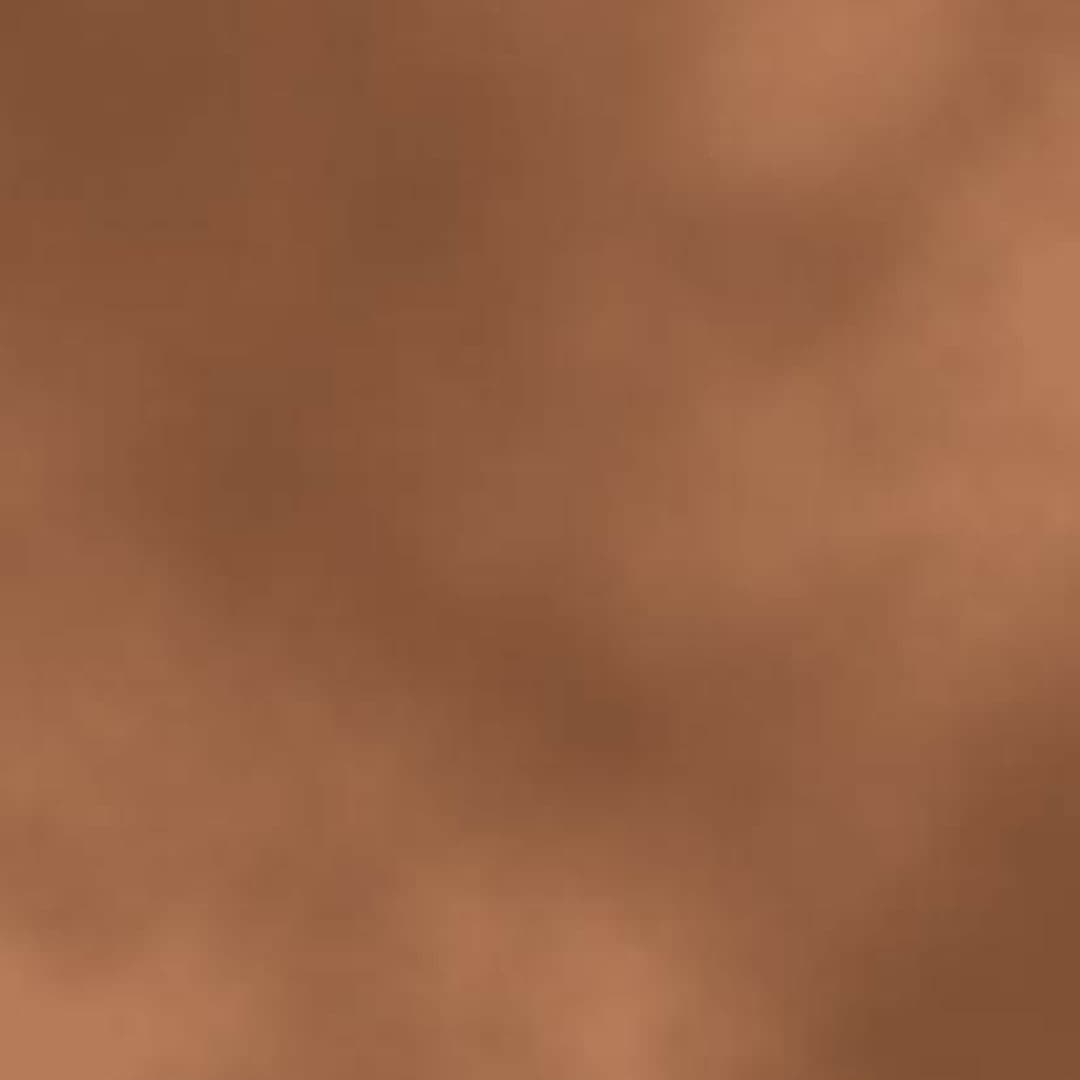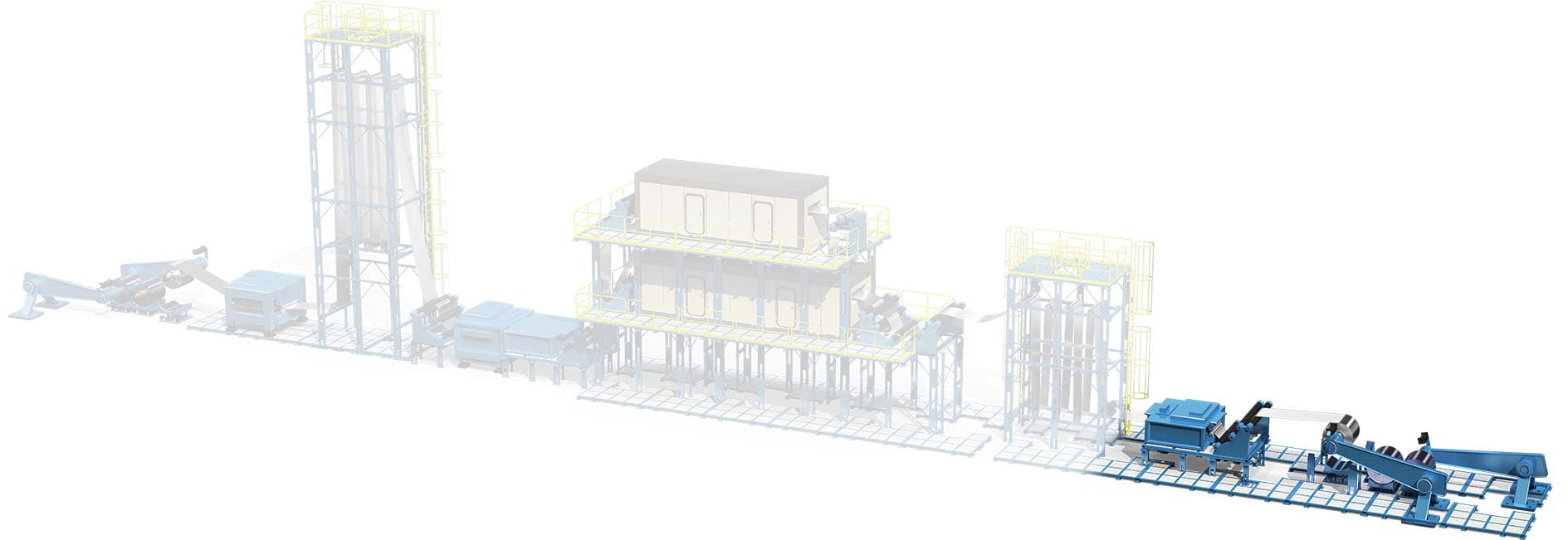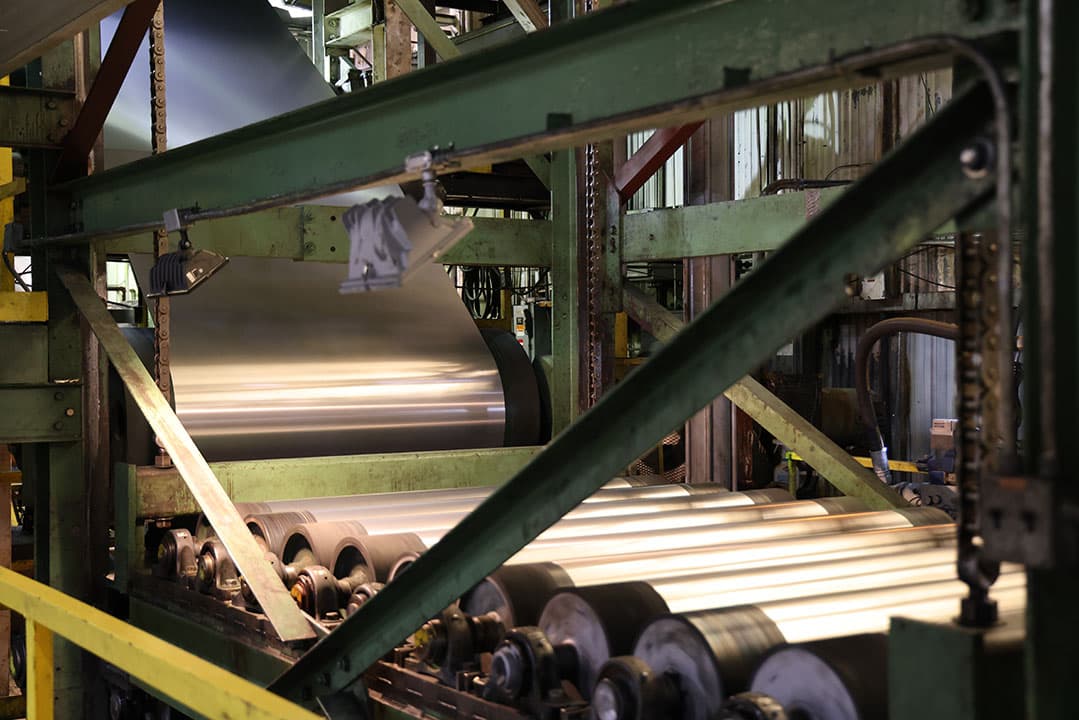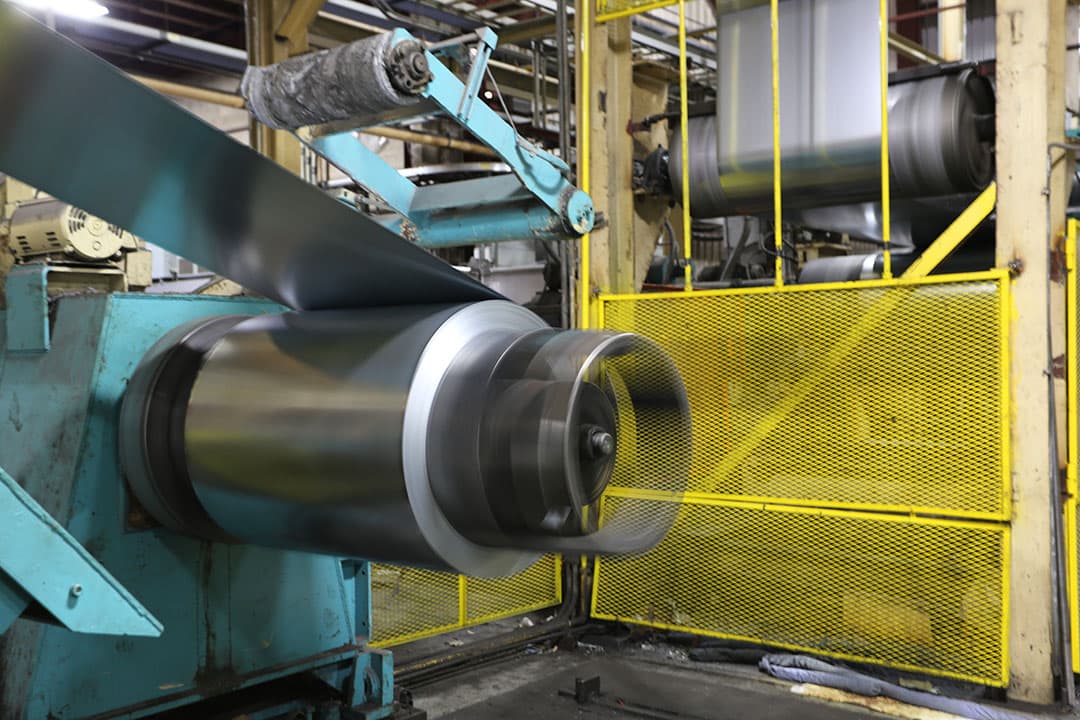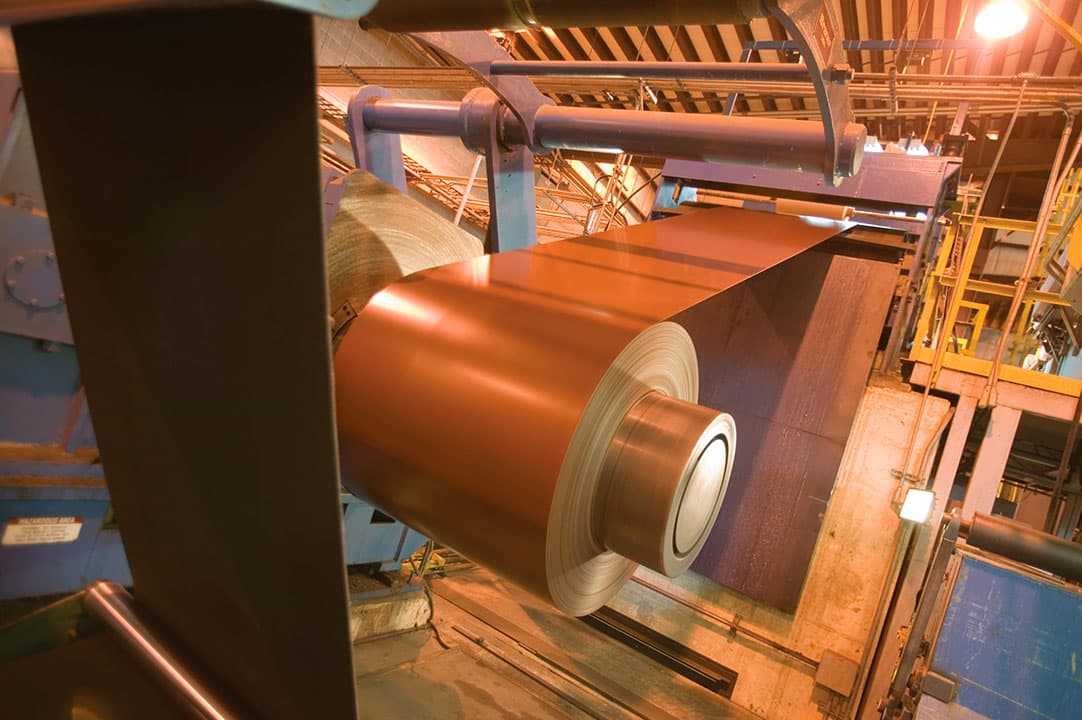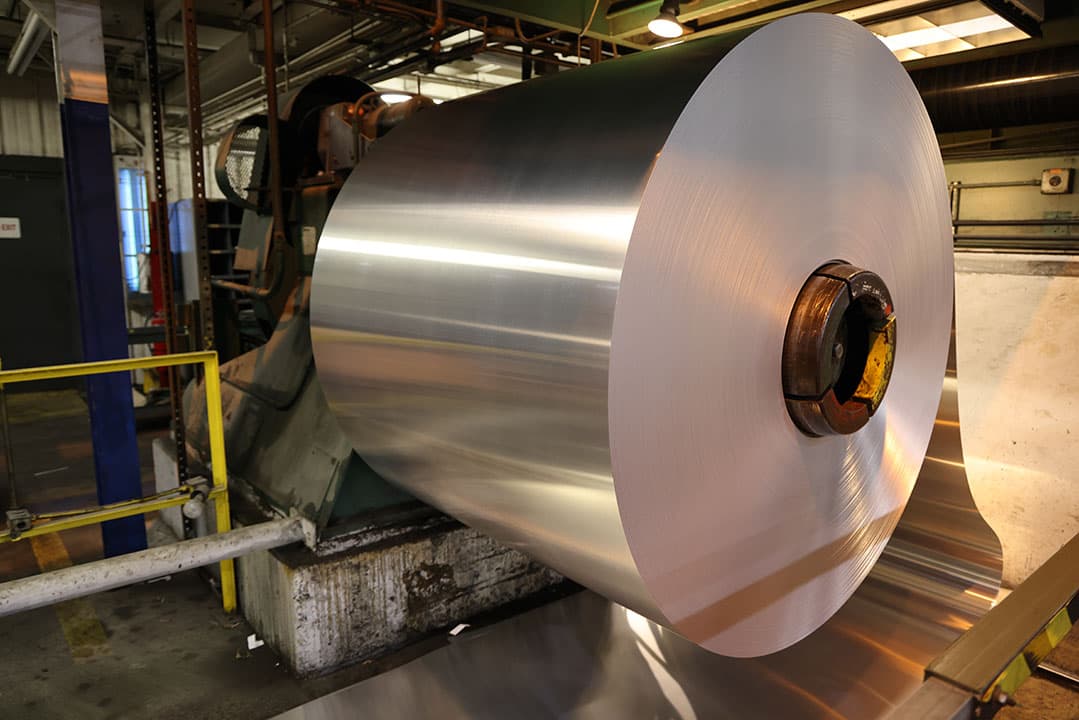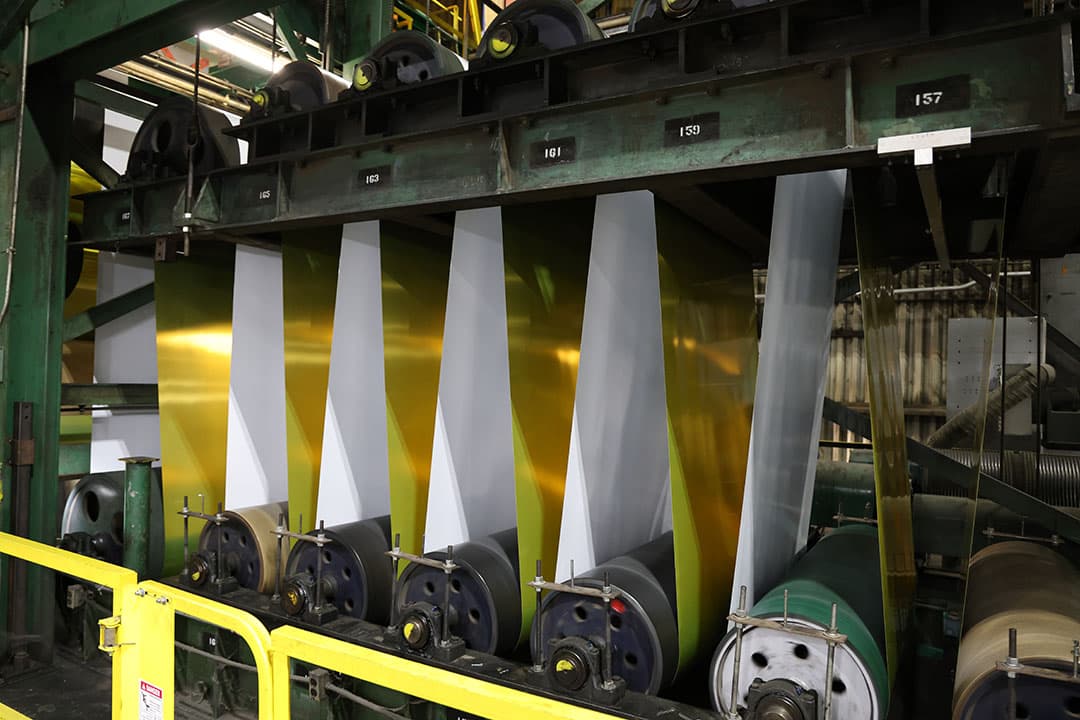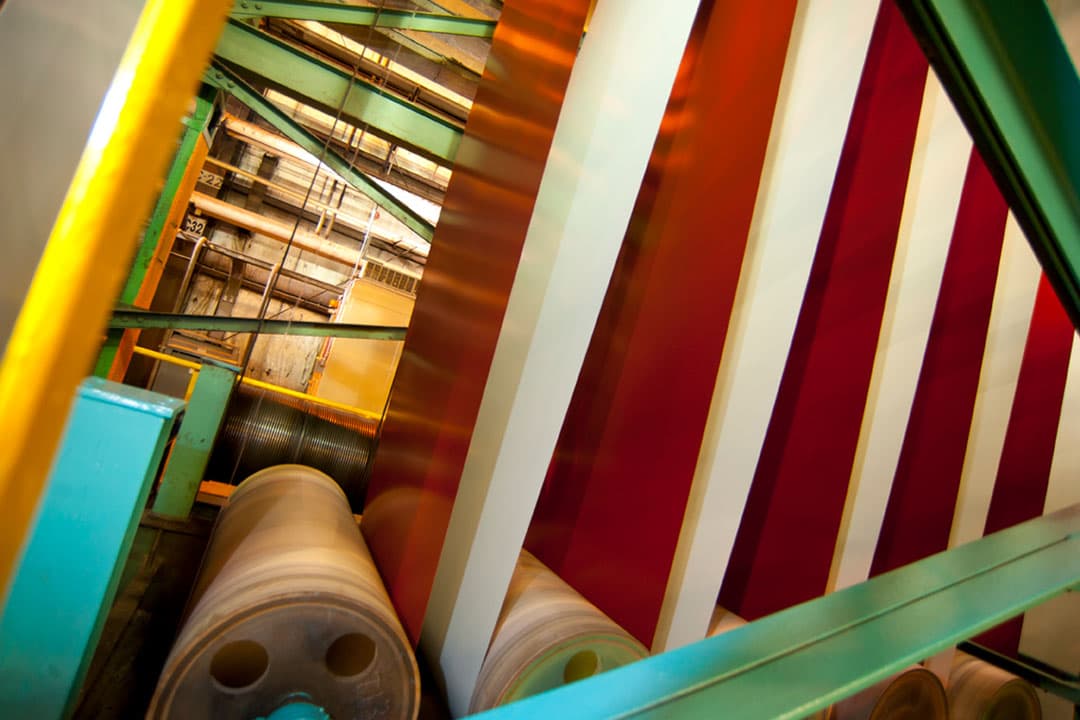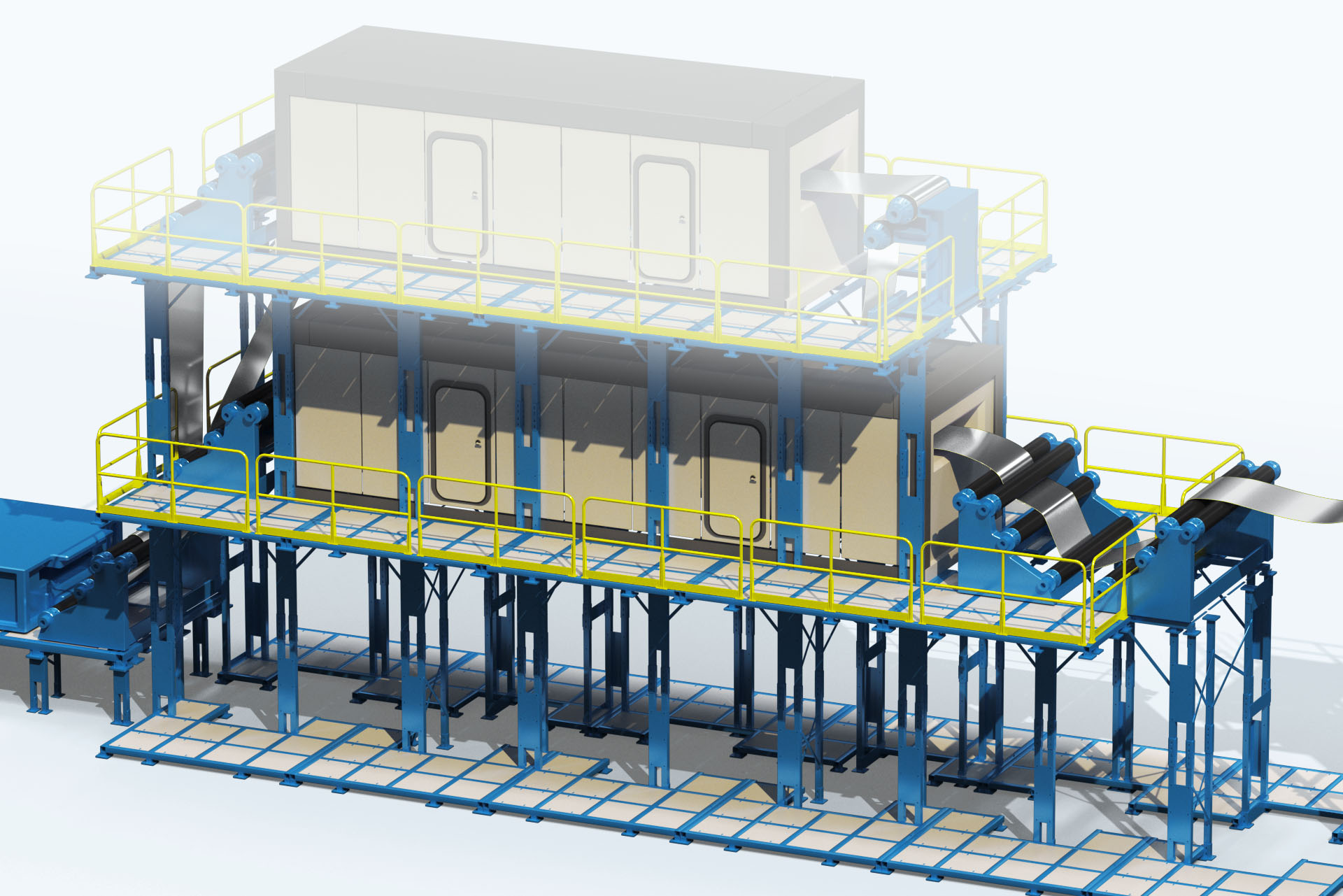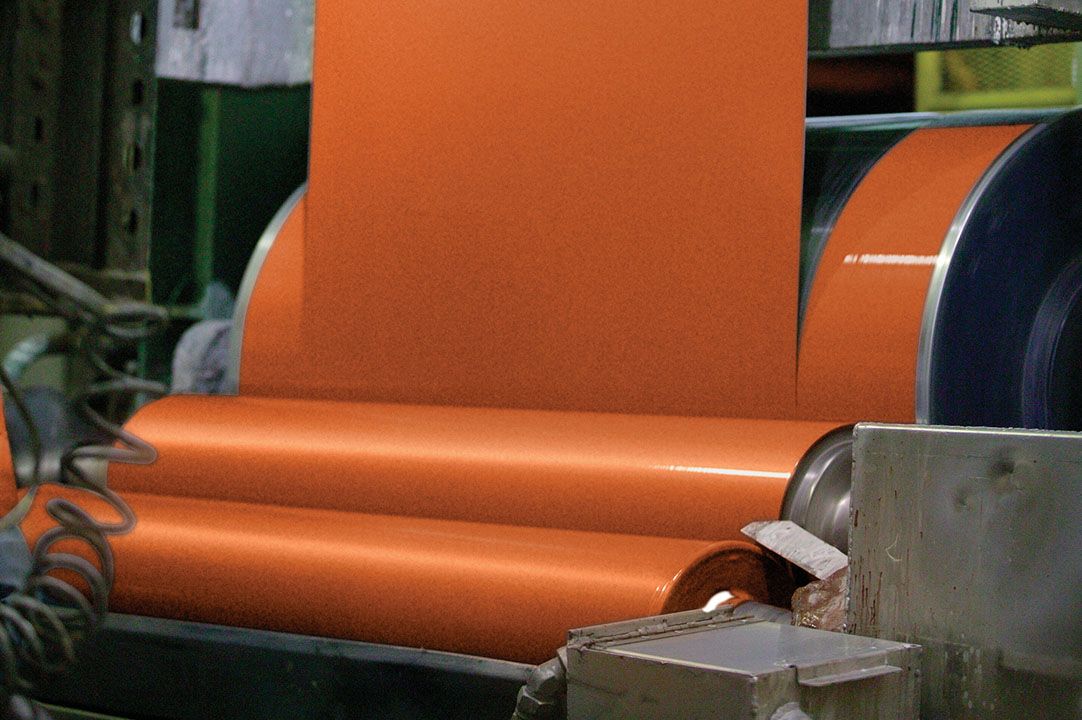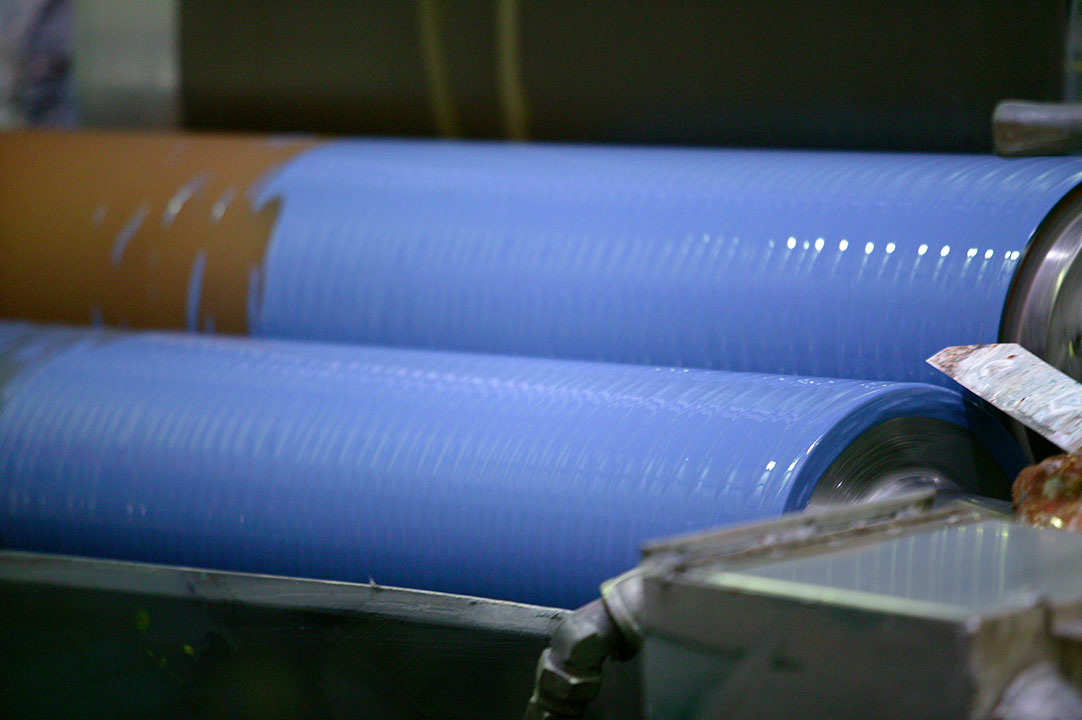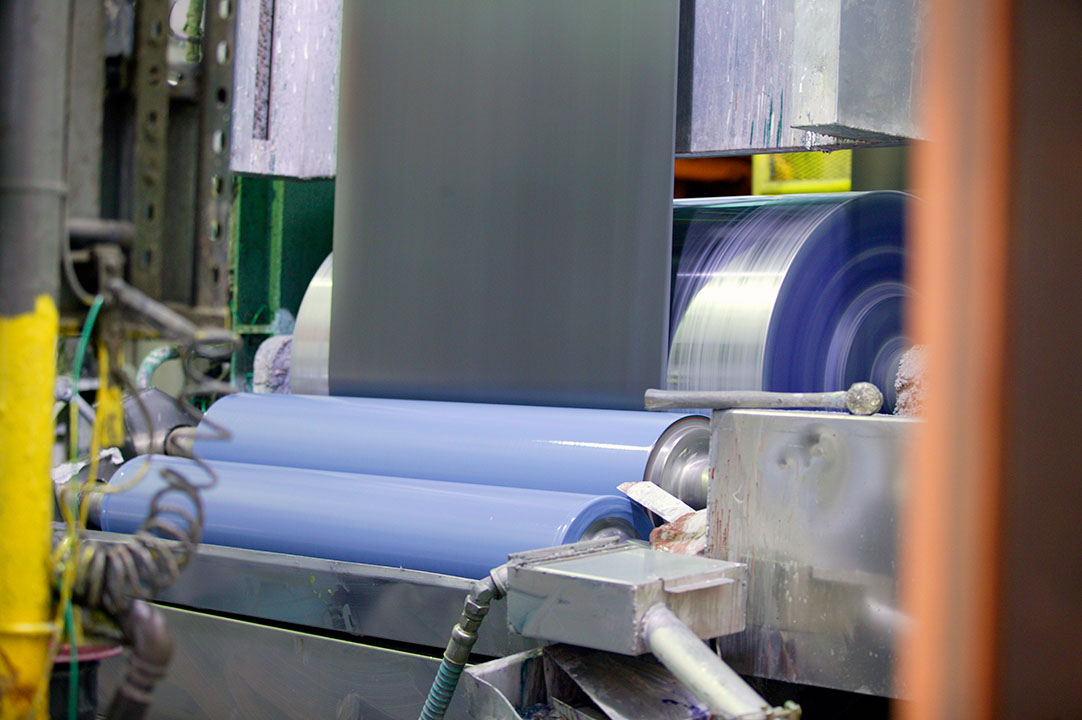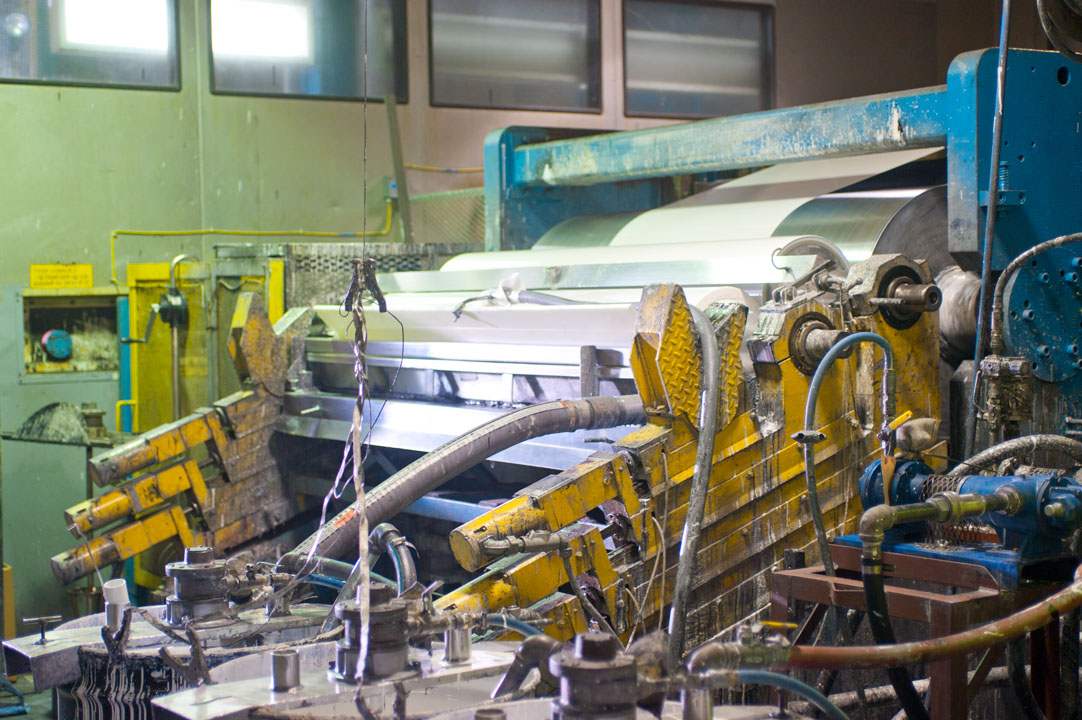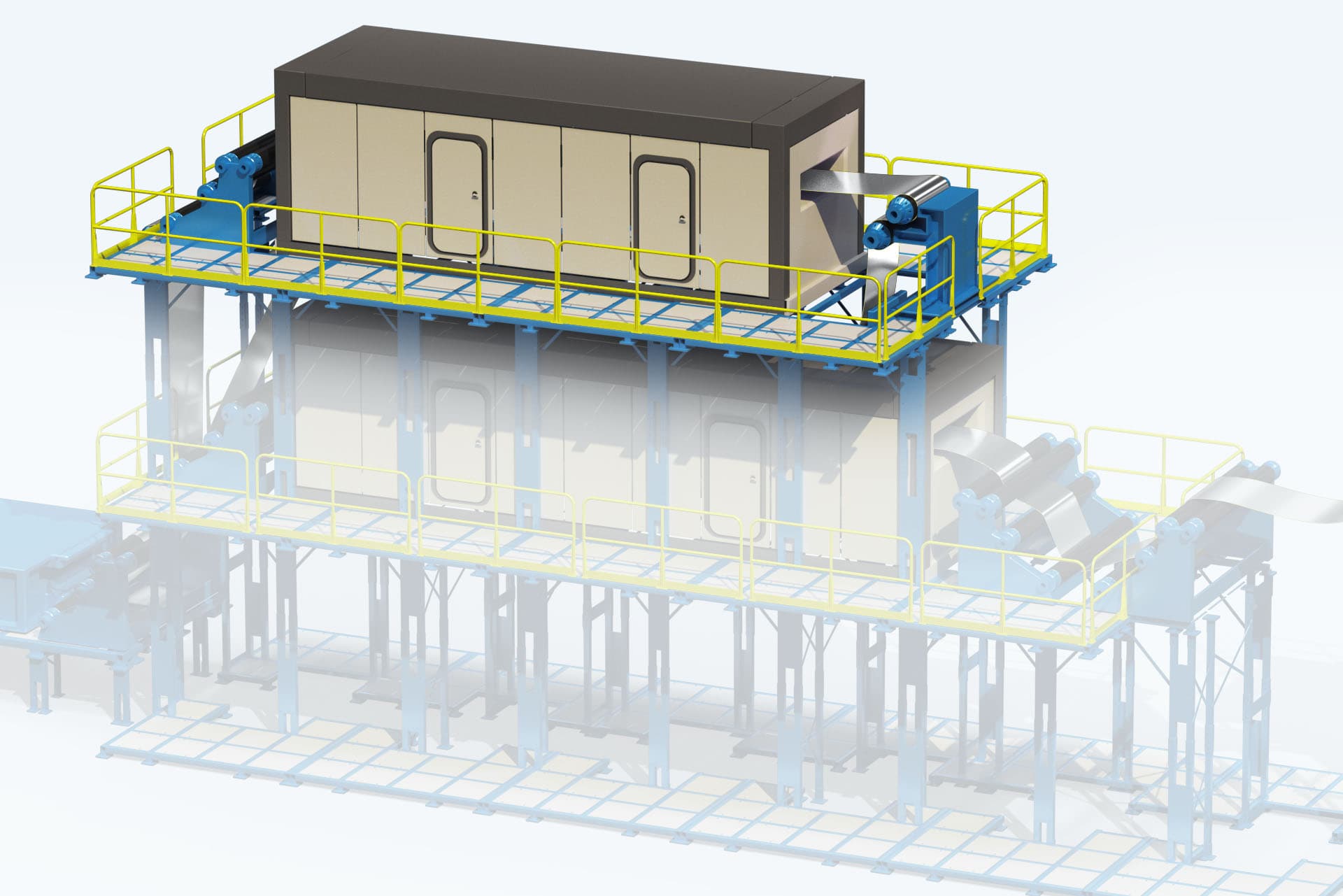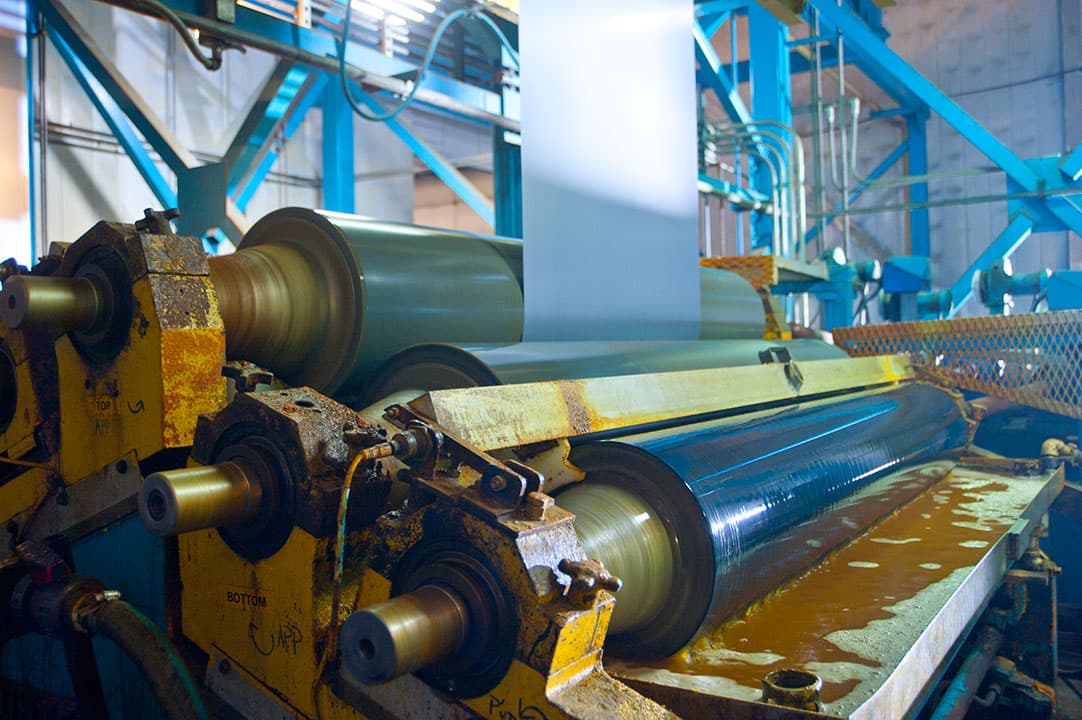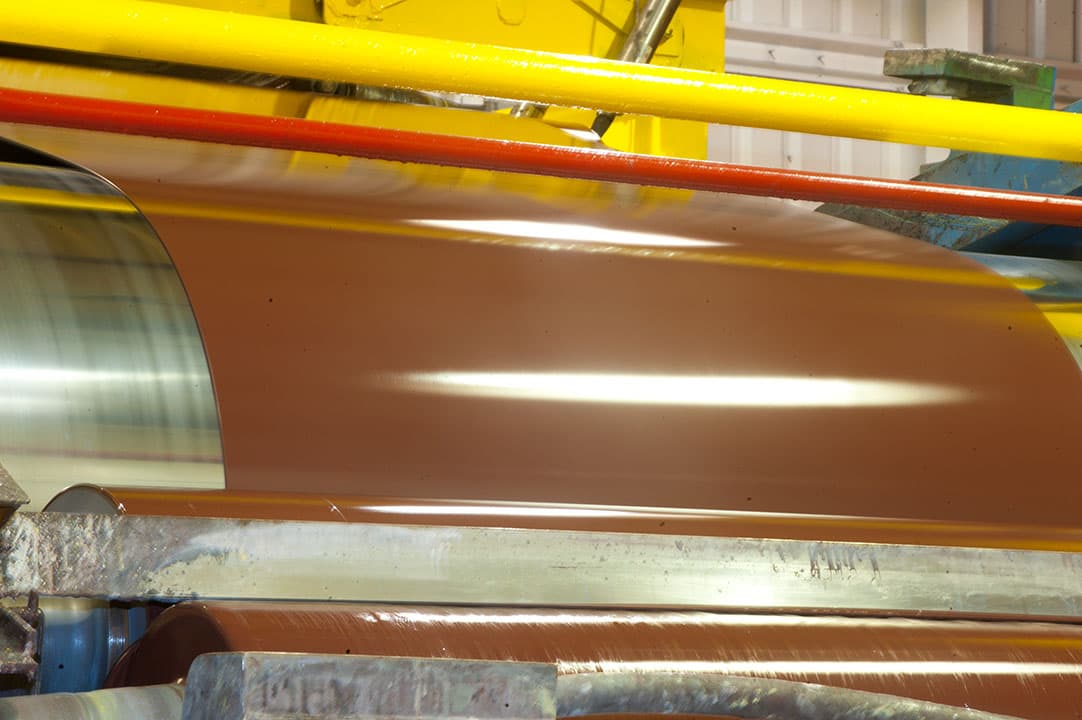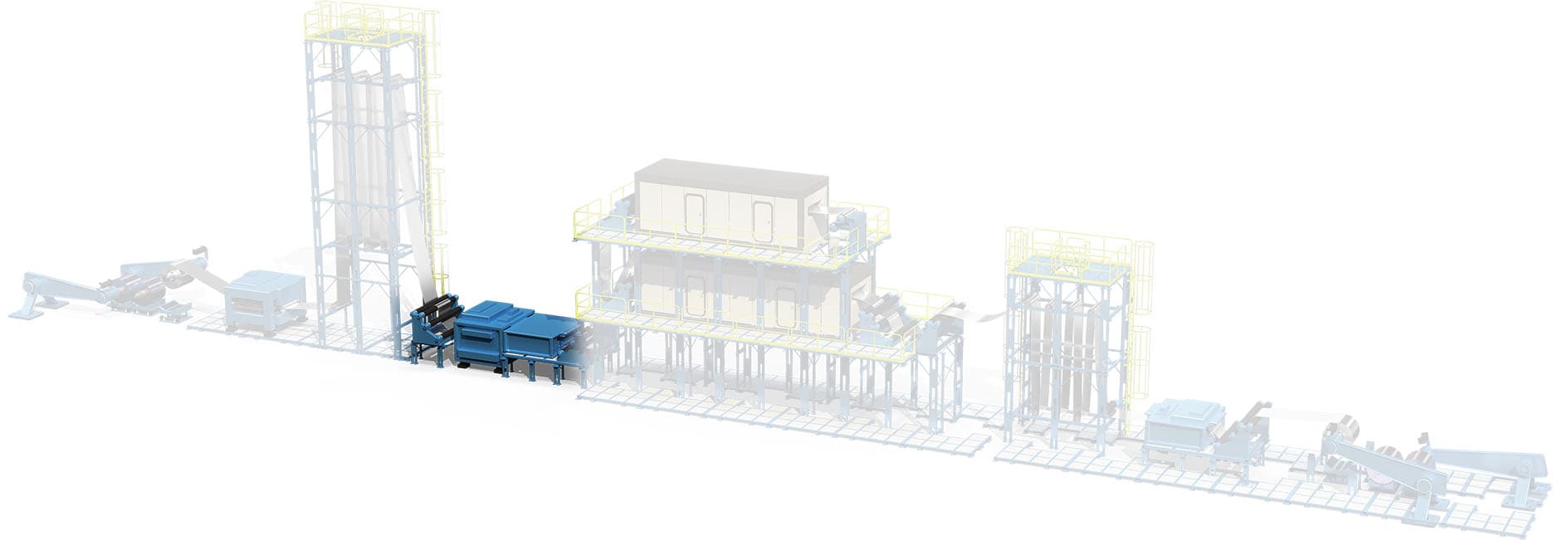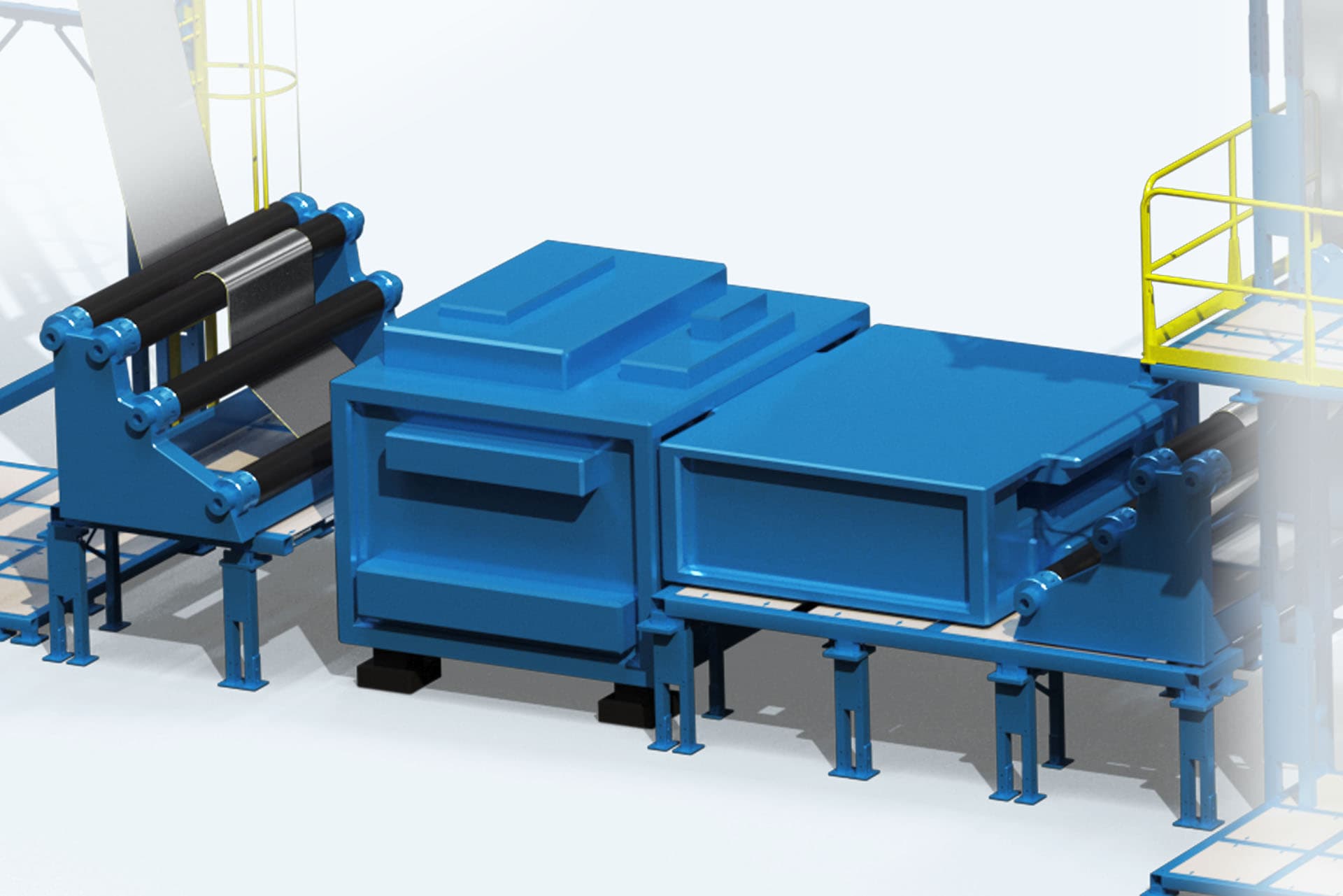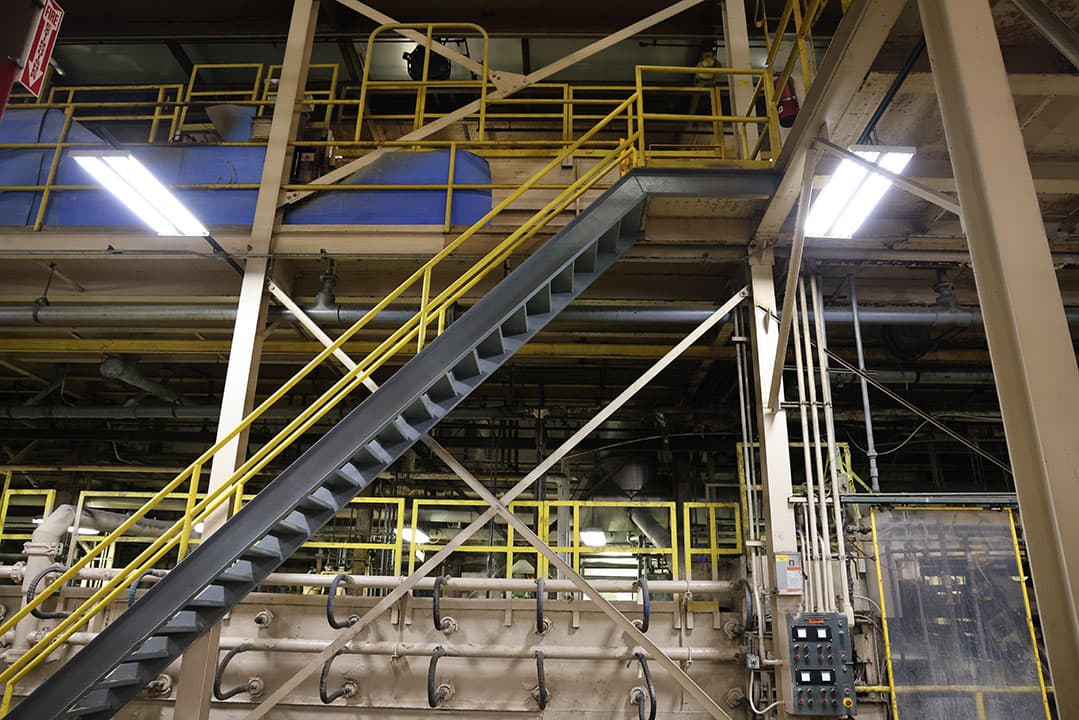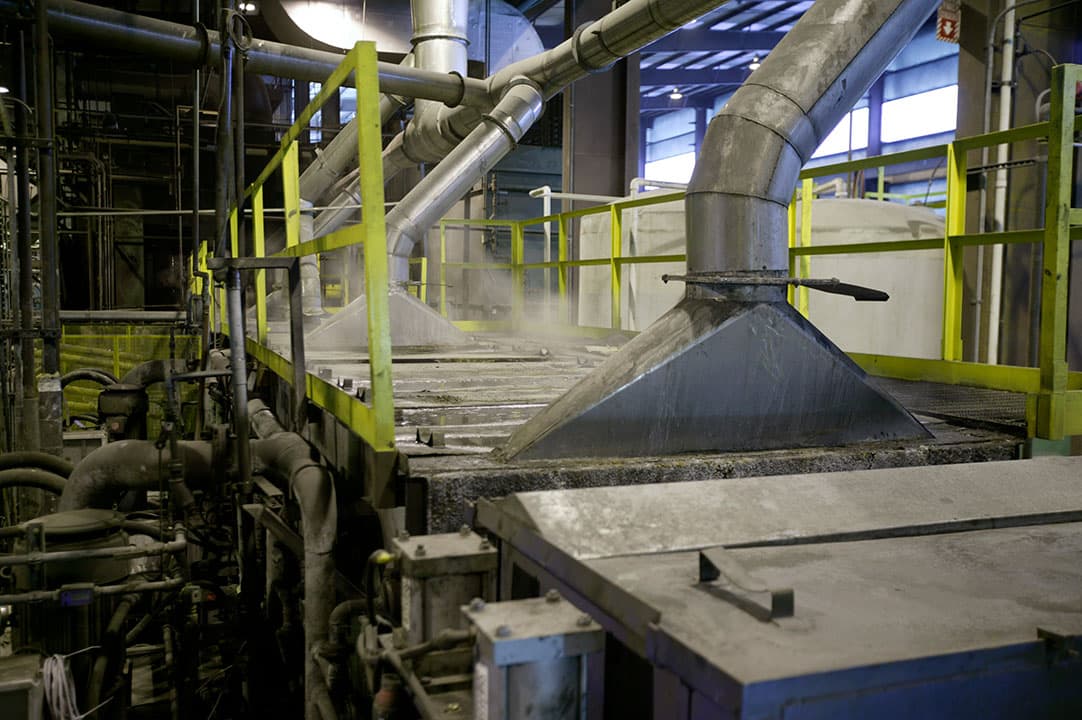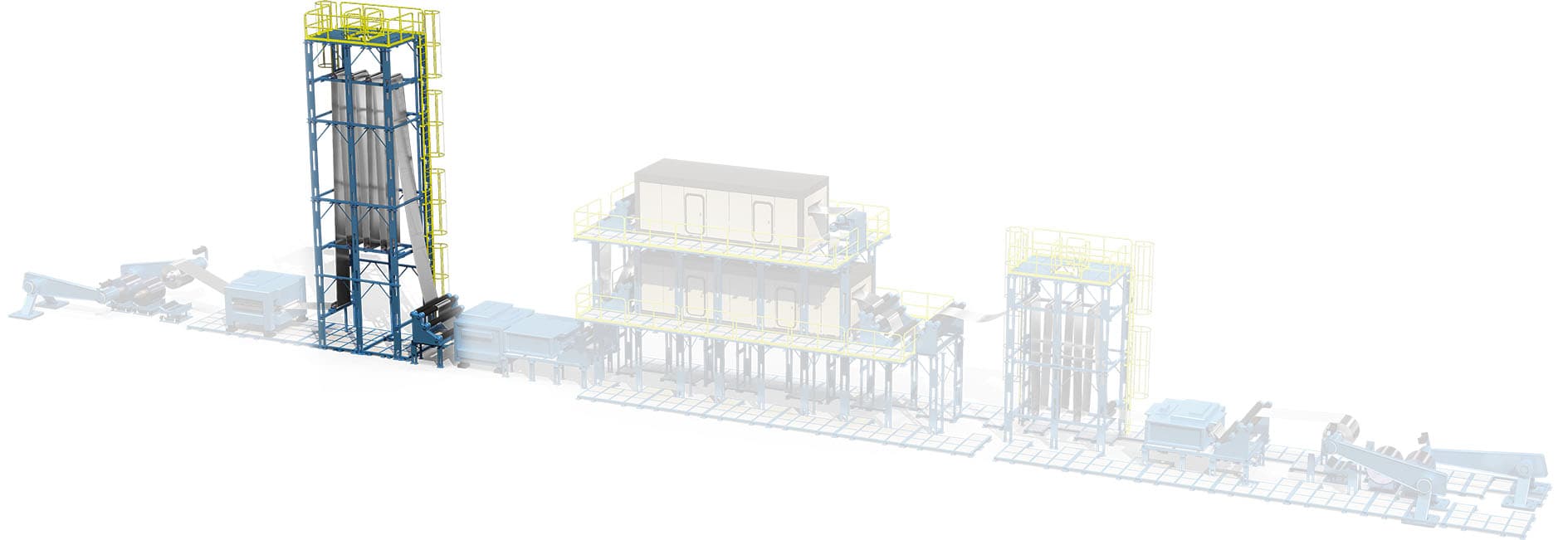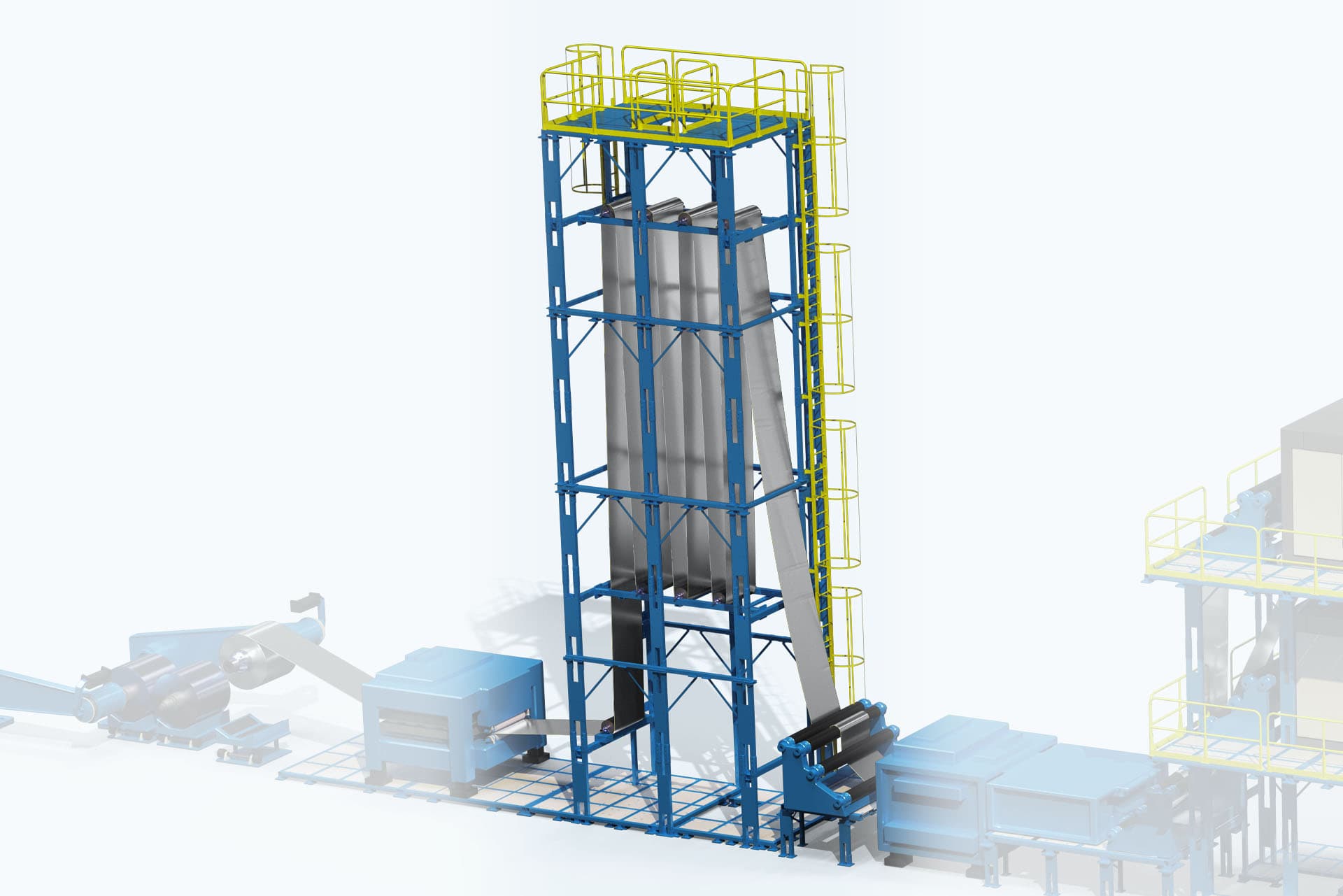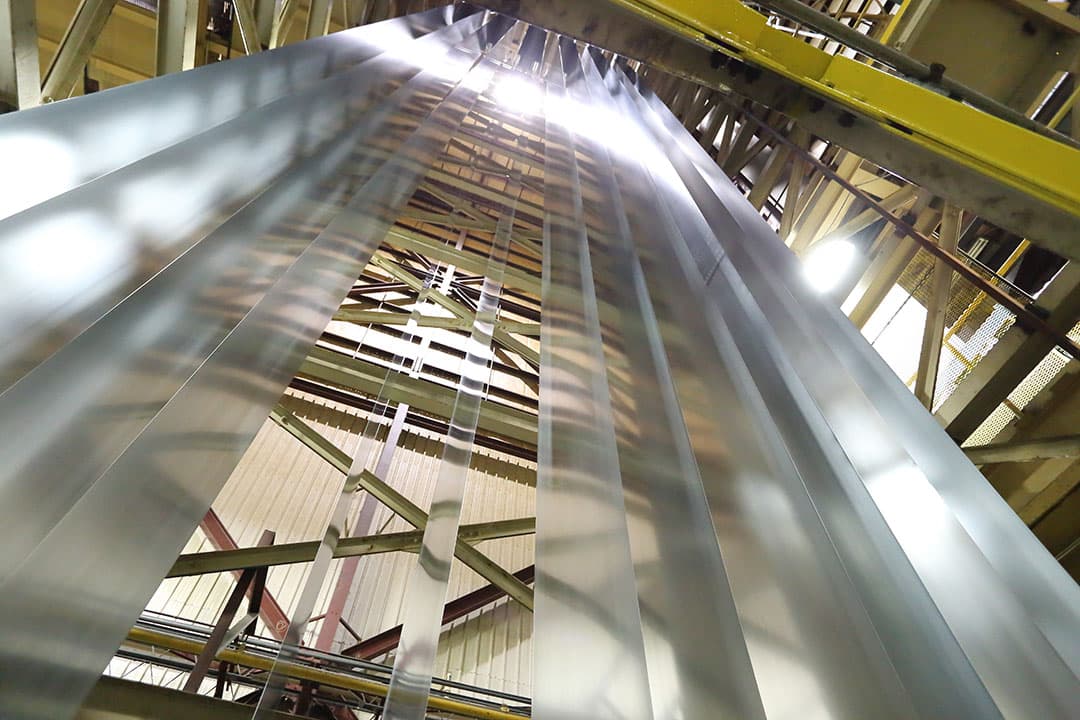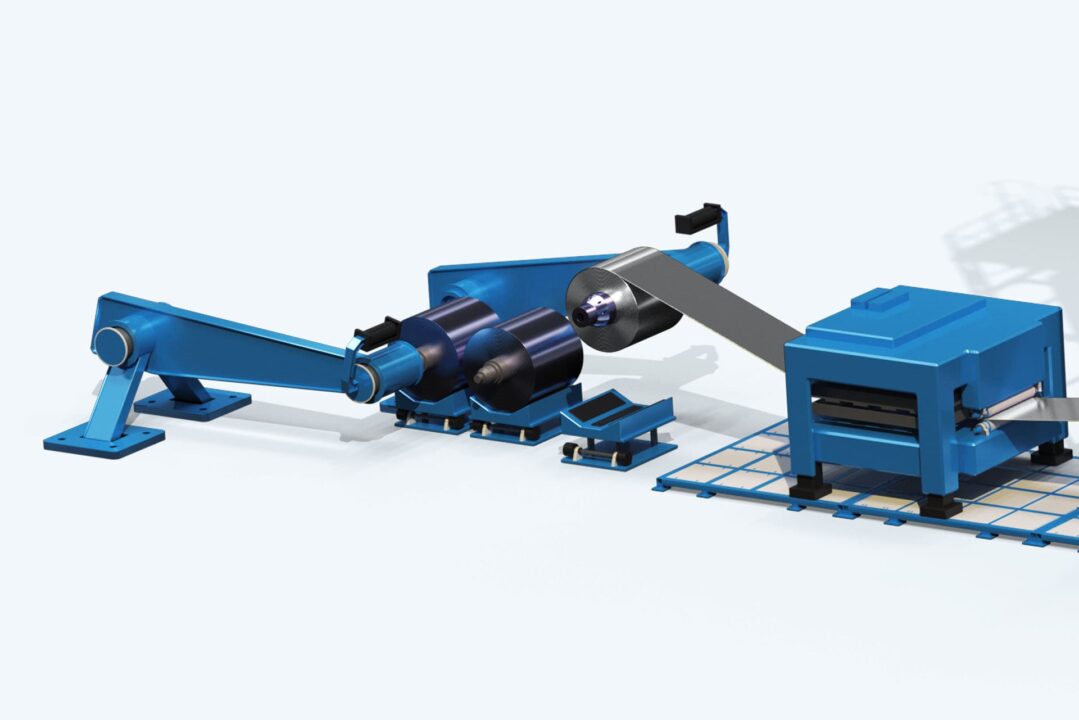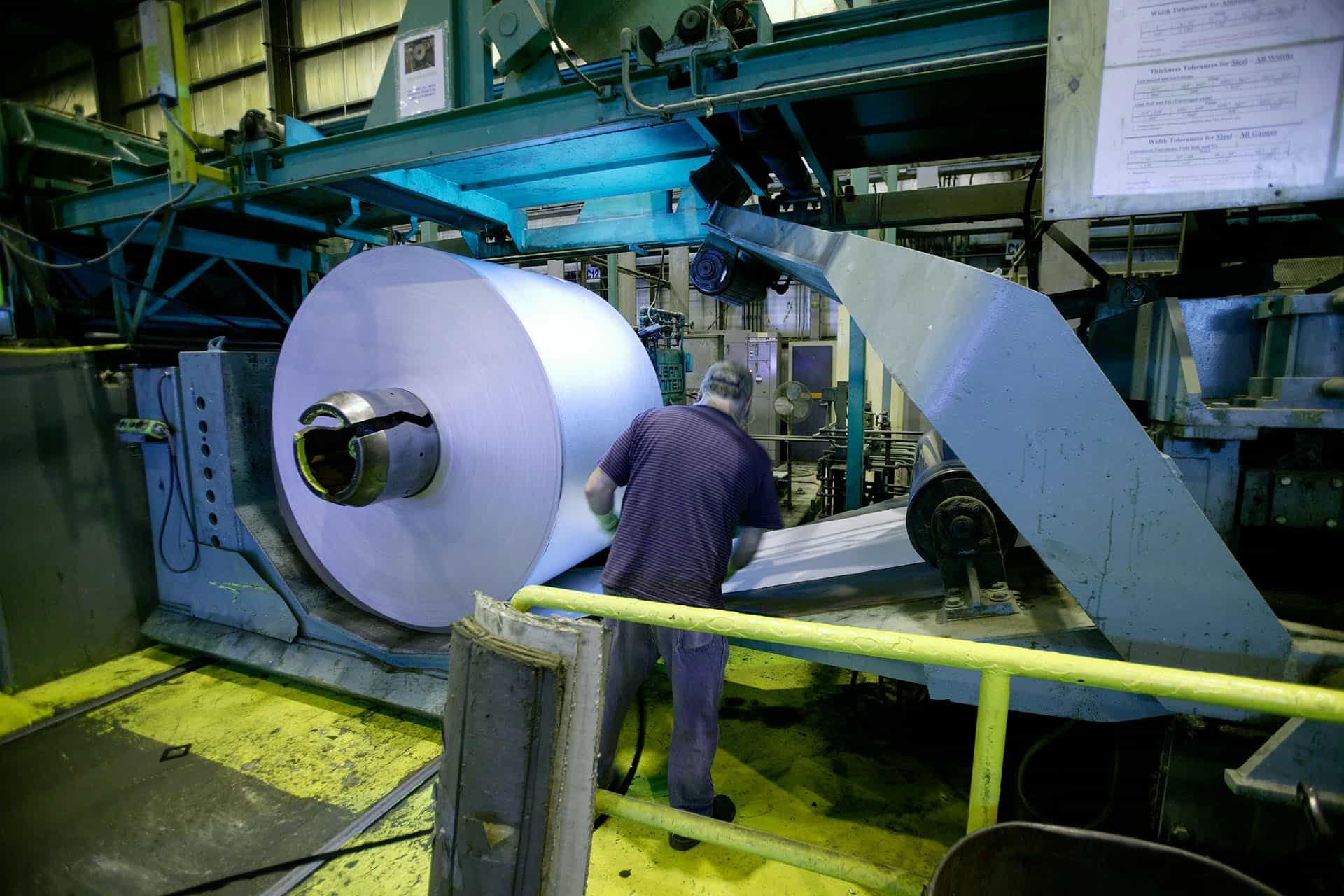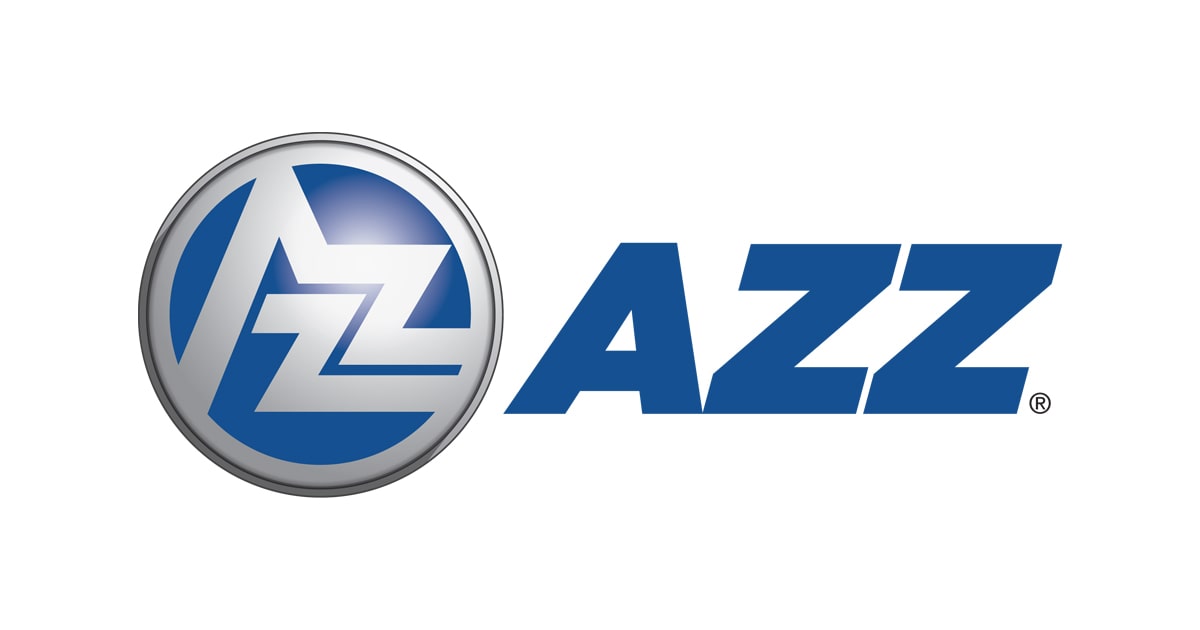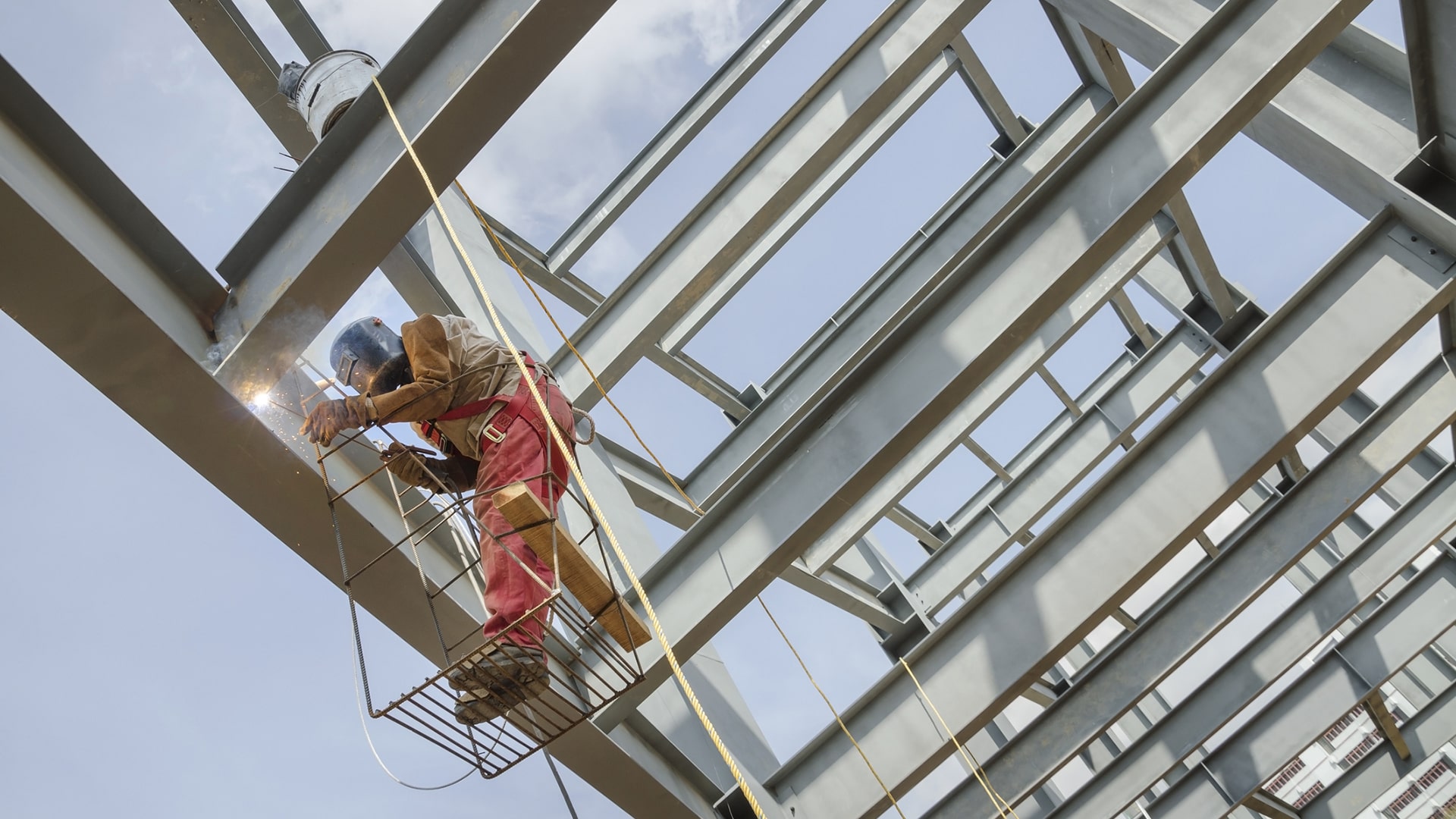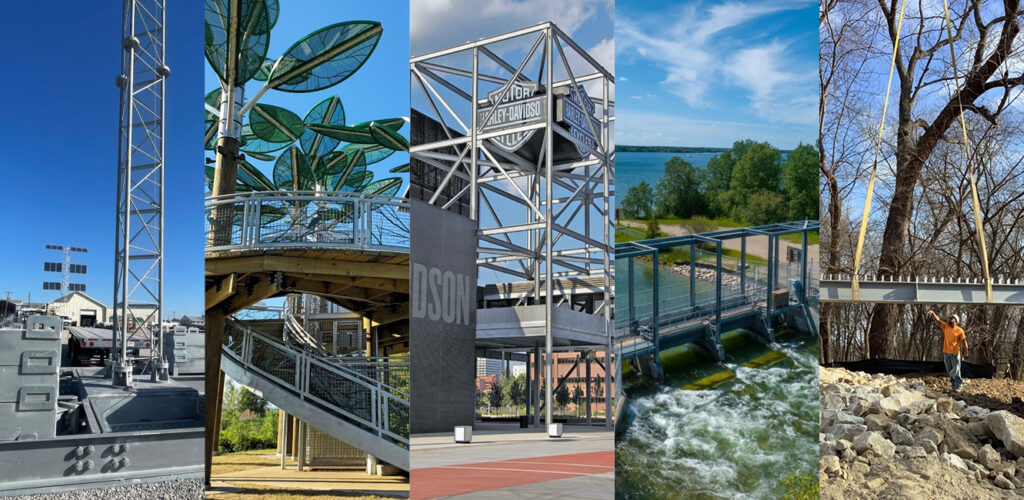Preparation of Weld Area
AWS D – 19.0, Welding Zinc-Coated Steel, calls for welds to be made on steel that is free of zinc in the area to be welded. Thus, for galvanized structural components of a fabrication, the zinc coating should be removed at least one to four inches (2.5 – 10 cm) from either side of the intended weld zone and on both sides of the work piece. Grinding back the zinc coating is the preferred and most common method; burning the zinc away or pushing back the molten zinc from the weld area also are effective.
Touch-up of Weld Area
Any welding process on galvanized surfaces destroys the zinc coating on and around the weld area. Restoration of the area should be performed in accordance with ASTM A 780, Standard Practice for Repair of Damaged and Uncoated Areas of Hot-Dip Galvanized Coatings, which specifies the use of paints containing zinc dust, zinc-based solders or sprayed zinc. All touch-up and repair methods are capable of building a protective layer to the thickness required by ASTM A 780.
The restored area of the zinc coating will have no effect on the overall lifetime of the part. Repair materials and their coating thickness have been chosen to give comparable lifetimes to the coating minimums required by ASTM A 123/A 123M, Standard Specification for Zinc (Hot-Dip Galvanized) Coatings on Iron and Steel Products. There may be some visual differences between the original hot-dip galvanized coating and the restored area, but, over time, the natural weathering of the galvanized coating and the repair material yield similar appearances.
Quality of Welded Joints
It is recommended in AWS D – 19.0 to remove all zinc from the weld area prior to welding because burning through the zinc slows the welding process, generates zinc fumes (see “Safety and Health” at right) and creates an unsightly burn area around the weld. However, as studies performed by the International Lead Zinc Research Organization (ILZRO) have shown, the tensile, bend and impact properties of welds on galvanized steel are equivalent to the properties of welds on uncoated steel.
Fracture Toughness
Tests establish that the fracture toughness properties of welds are unaffected by the presence of galvanized coatings.
Fatigue Strength
The fatigue strength of arc welds on galvanized steel is equivalent to welds on uncoated steel made by CO2 welding.
Porosity
The extent of weld porosity is a function of heat input and the solidification rate of the weld metal. Not always possible to eliminate, porosity affects the fatigue strength and cracking tendencies of welds. When welds are subject to fatigue loading, welds on galvanized steel should be made oversized to reduce the influence of any weld metal porosity.
When evaluating the effect of porosity on the fatigue strength of a fillet weld, it is necessary to consider both the function of the joint and the weld size. When a fillet weld on galvanized steel is large enough relative to plate thickness to fail by fatigue from the toe of the weld in the same manner as in uncoated steel, the presence of porosity in the weld does not reduce the fatigue strength of the joint.
Where the dimensions of the weld are just large enough to cause fatigue failure from the toe in a sound weld, a weld containing porosity at the root may fail preferentially through the throat of the weld. Intergranular cracking of fillet welds containing porosity, sometimes referred to as zinc penetrator cracking, does not significantly affect the strength of non-critical joints. For more critical stress applications, it is advisable to carry out procedural tests on materials and samples.
Safety and Health
All welding processes produce fumes and gases to a greater or lesser extent. Manufacturers and welders must identify the hazards associated with welding coated and uncoated steel and workers must be trained to maintain work practices within Occupational Safety and Health Administration (OSHA) regulations. In general, welding on steel with the zinc coating ground back away from the weld area will produce lead and zinc oxide emissions below OSHA permissible exposure limits (PELs) for zinc and lead. When welding directly on galvanized steel is unavoidable, PELs may be exceeded and every precaution, including high-velocity circulating fans with filters, air respirators and fume-extraction systems suggested by AWS, should be employed.
Fumes from welding galvanized steel can contain zinc, iron and lead. Fume composition typically depends on the composition of materials used, as well as the heat applied by the particular welding process. In any event, good ventilation minimizes the amount of exposure to fumes. Prior to welding on any metal, consult ANSI/ASC Z-49.1, Safety In Welding, Cutting and Allied Processes, which contains information on the protection of personnel and the general area, ventilation and fire prevention.
Summary
With proper preparation of the weld area, selection of a suitable welding material and process, and careful touch-up of the weld area, welding on galvanized steel provides an excellent product for use in myriad applications, from bridges, towers and grating to handrail, trusses and guardrail.
Have additional questions? Contact AZZ today and we’ll put you in touch with a galvanizing expert!
